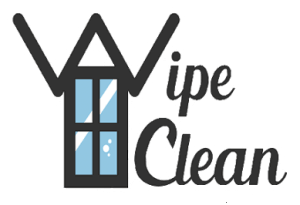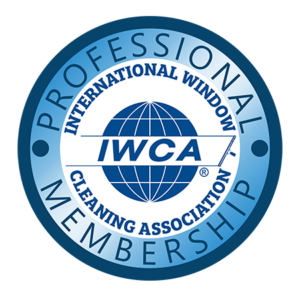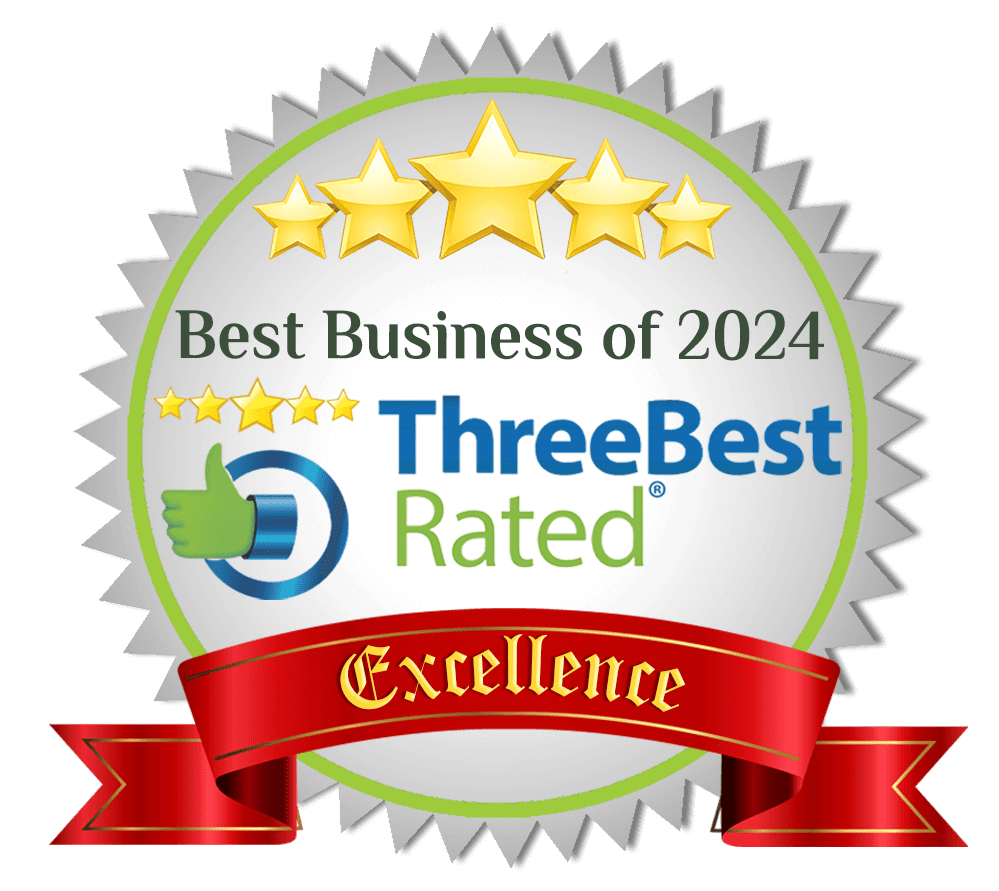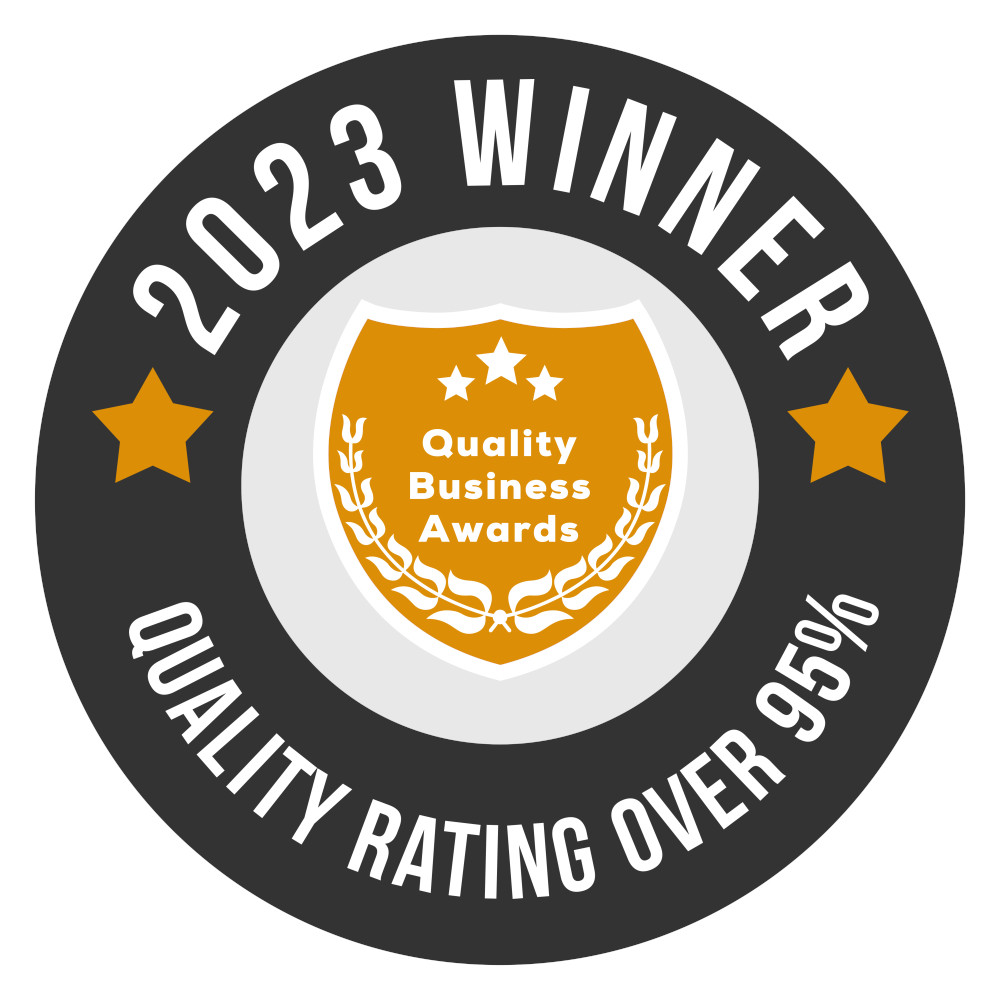What Does Professional Window Cleaning Include?
Professional window cleaners use a variety of cleaning products and chemicals. These are specifically formulated to remove dirt without leaving streaks or harming the glass.
They also have a variety of tools and equipment that can help them clean more efficiently. This includes high-quality squeegees, microfiber rags that don’t leave lint behind and more. Read Much More.
Safety Measures
When you hire a professional window cleaning company, they take a lot of safety measures to protect you from getting hurt while they work on your property. They will use ladders, ropes, specialized equipment and a variety of other tools to ensure your windows are clean, safe and free from damage.
They will also check for clogged channels, painted sashes and other issues that could make it harder to get out of a fire. This can save lives in the long run and prevent injuries to occupants of your building, as well as damage to your windows.
In addition, they will follow the ANSI/IWCA I-14.1 standards, which set forth some guidelines for safety in this field. By doing so, they can demonstrate their commitment to safety in the workplace and help limit liability if an accident occurs.
Crews will need to wear appropriate protective gear when they’re working with chemicals and other products. This includes gloves, safety glasses and possibly respirators, depending on what kind of chemicals are being used on the job.
Safety harnesses are another must-have for a window cleaner’s equipment, as they provide extra protection to the shoulders and legs from falling and slipping. Ideally, they are fitted with a knee pad and the straps are secured together with a piece of rope.
They will also need to be dressed in high-visibility clothing so that others can see them while they are on the job. This is especially important when they are working in areas that have many different kinds of people coming and going from the premises, as it helps them to avoid tripping and falling.
Lastly, they will need to pre-walk the route that they plan to take while they’re on the roof or in the windows. This ensures that they will be able to navigate their way through the work site with ease.
The primary dangers of high-rise window-cleaning are falls and tripping, both of which can result in serious injuries to the workers. However, it’s possible to reduce these risks by using an experienced contractor for your commercial or office building window cleaning needs. They will ensure that all of their laborers are trained in the right procedures, and they will also take care to follow all OSHA regulations while performing their services.
Equipment
Window washing equipment includes a squeegee, scrubber tool and water-fed pole for cleaning interior windows. These tools are easy to use, efficient and provide a streak-free shine.
A squeegee removes liquid from the glass, while the scrubber tool works on hard-to-reach areas for a thorough clean. They are used in both domestic and commercial window cleaning.
Professionals can choose from a variety of squeegees and scrubbers, including plastic, rubber, and stainless steel. They should consider the size of the blades as well as the length. This will determine the length of time it takes to clean the window.
Besides squeegees and scrubbing tools, professionals will also include other accessories to make their work easier. For example, they may carry a bucket with large disposable cleaning cloths that are made of specialized material that doesn’t leave streaks on the glass.
They will also need gloves to keep them from slipping or snagging when cleaning high or difficult-to-reach areas. They will also have a scraper that will help them get rid of dirt, pollen and other debris that can accumulate on tall windows.
Ladders are another important part of the window cleaning process. They can be purchased in a variety of sizes and can be used for interior or exterior window cleaning. They can be purchased from any hardware store and are a good investment for safety and efficiency.
These can range from short, lightweight poles to long, extendable ones that are perfect for tall buildings. They can be set up in the backyard or even on top of a building for easy access to exterior windows.
Depending on the size of the job, window washers will also need to add a sleeve and T-bar tool to their tool belt. The sleeve holds water and can be made from microfiber or bronze wool for extra scrubbing power. These sleeves can be machine-washed for reuse and come in a variety of sizes.
They should also have a tool belt with holsters for carrying their most important tools. These can be purchased from any hardware store and are useful for carrying dry towels, spray bottles, mop, a few small squeegees and other essential supplies.
Chemicals
What does professional window cleaning include?
Commercial window cleaning professionals use a variety of chemicals to make your glass clean and shiny. These include soaps, stain removers, solvents and additives that enhance the cleaning process or protect the glass from dirt and stains.
They also use anti-freezing chemicals when temperatures are sub-freezing to prevent the water mixture from crystallizing on the window panes. This is important because it helps the professional clean the windows more effectively and ensures that there are no scratches on the glass that could interfere with the job.
Soap is one of the most popular chemicals used by window cleaners, and there are many different brands of it. They vary in quality and efficiency, but most of them do a good job of attracting dirt and making it easier for the professional to get it off the glass.
Other chemicals that professional window cleaners use are solvents, which help break up and remove the tar and rust that can build up on the exterior of the windows. These chemicals are usually available in spray or gel form and can be found at a local hardware store.
These products are effective at removing dust, fingerprints and smudges from all types of glass surfaces, including mirrors, windows, bakery display cases and more. They are also safe to use and contain no harsh chemicals, which is especially helpful for people with allergies.
Some professional window cleaners also use special chemical products that can eliminate mold from your home or business. Mold is unsightly, and it grows in damp, warm places. It can grow between the casing of your window and the glass, and it can also hide between the sill and the glass.
Another type of chemical that professional window cleaners use is a soap additive, which slows the evaporation process and makes it easier to keep water on the glass. This allows the window cleaner to squeegee more easily, and can be useful for removing the grime that builds up in summer months or on high-rise buildings.
The most common type of chemicals used in professional window cleaning are soaps, solvents and additives. They are strong and can help break down tough dirt and grime. They are also safe to use and can be purchased at a local hardware store or grocery store.
Cleaning Methods
Professional window cleaners use a variety of cleaning methods to get their windows clean. These include traditional sponge and squeegee techniques, vinegar-based window washing solutions, and a few special tips for getting tough dirt and grime off glass.
To get the best results, a pro will first vacuum your windows to remove dust, pollen, and pet hair. Next, they’ll spray the glass with a solution of water and liquid dishwashing detergent. After that, they’ll wipe the surfaces with a microfiber cloth.
Using this method, they’ll be able to thoroughly clean the glass and leave it looking sparkling. It’s also a great way to prevent streaks.
Another way to prevent streaks is to spray the window cleaner from the top down, so that it doesn’t drip onto the wood frame or windowsill. This is an important step because if you spray too much, the water will trickle down the sides of the window and streak.
A squeegee is an essential tool for exterior window cleaning, as it helps remove the water that collects on the glass and frames. To make sure you’re squeegeeing the entire window, use an “s”-shaped motion that keeps the blade in contact with the window.
For interior windows, you’ll need a terrycloth rag and a micro-fiber towel. These rags will help you remove any residue from your cleaner and wipe away any spots that may not have come off the glass.
The microfiber towels will also help you dry any excess water that has gotten on the edges of your window or frames. You’ll need to change these towels frequently during the cleaning process, as lint tends to collect on them and can be difficult to remove.
Finally, the squeegee will allow you to move quickly over the window without skipping areas or leaving marks. It’s especially helpful when you’re working with hard-to-reach or higher windows, so don’t be afraid to invest in a good quality squeegee.
In addition to these traditional window washing tools, professionals will often carry a scrubber and sponge with them. These items are especially handy for cleaning windows in difficult-to-reach areas, like under windowsills and behind screens. They can even use a water-fed pole to reach high windows that might otherwise be impossible to clean. Click for more.






